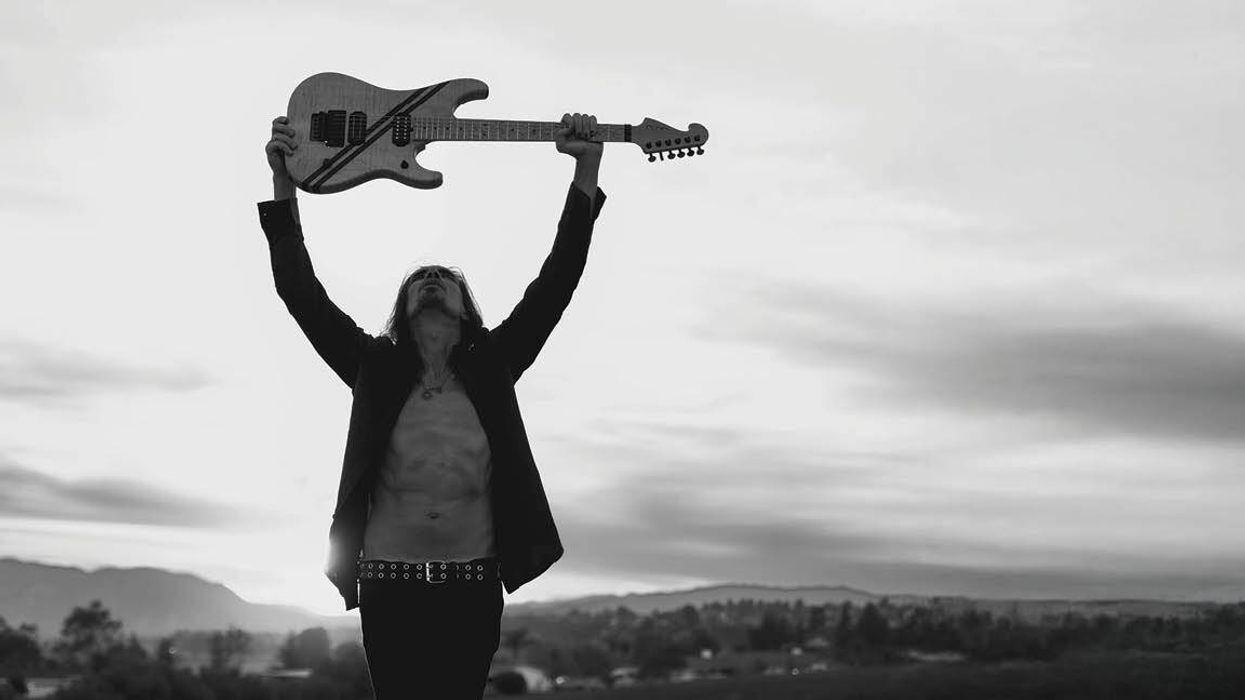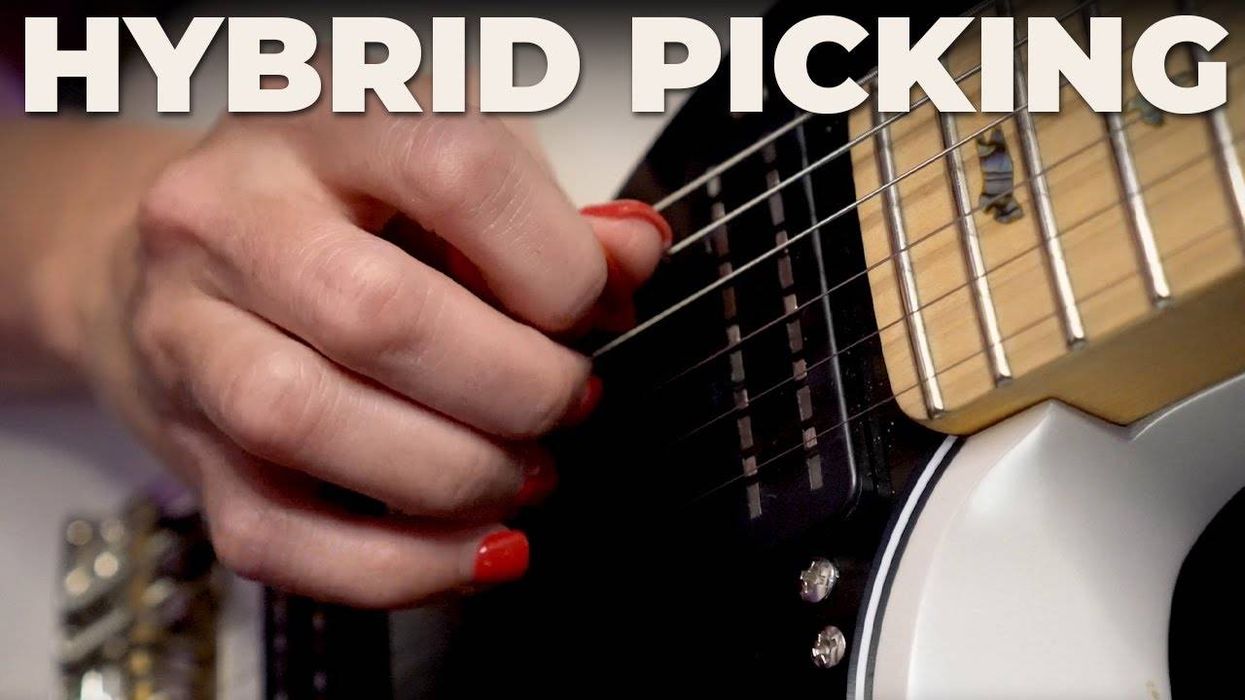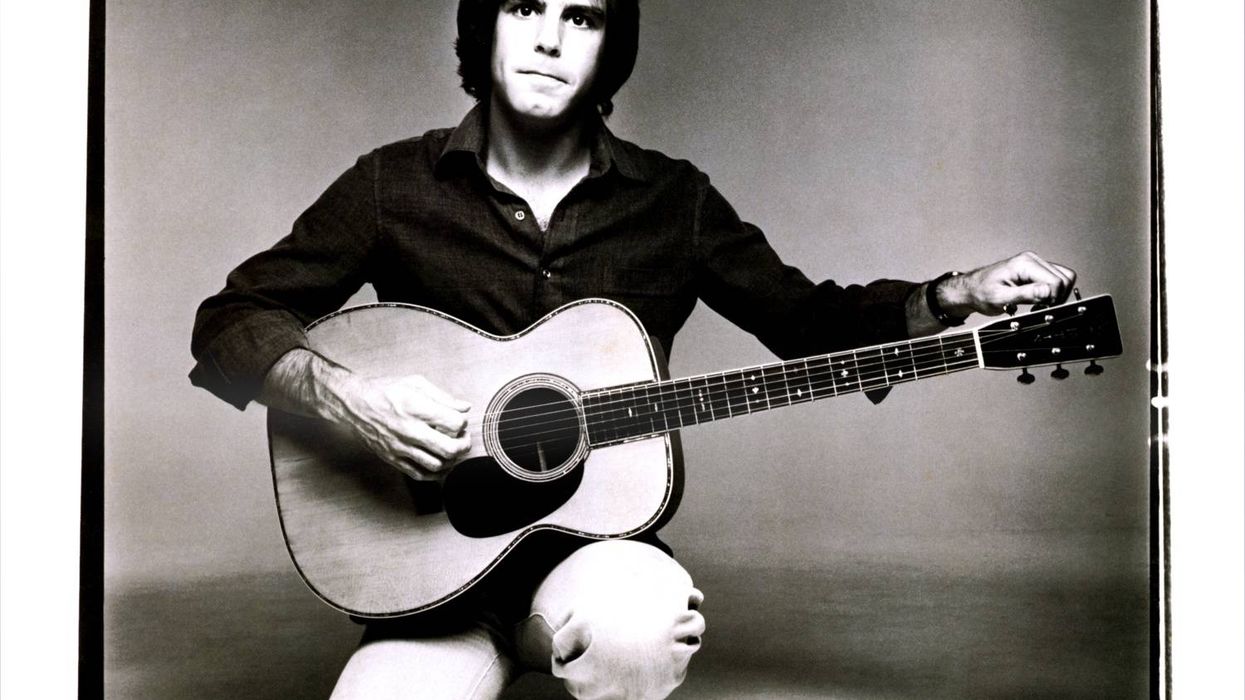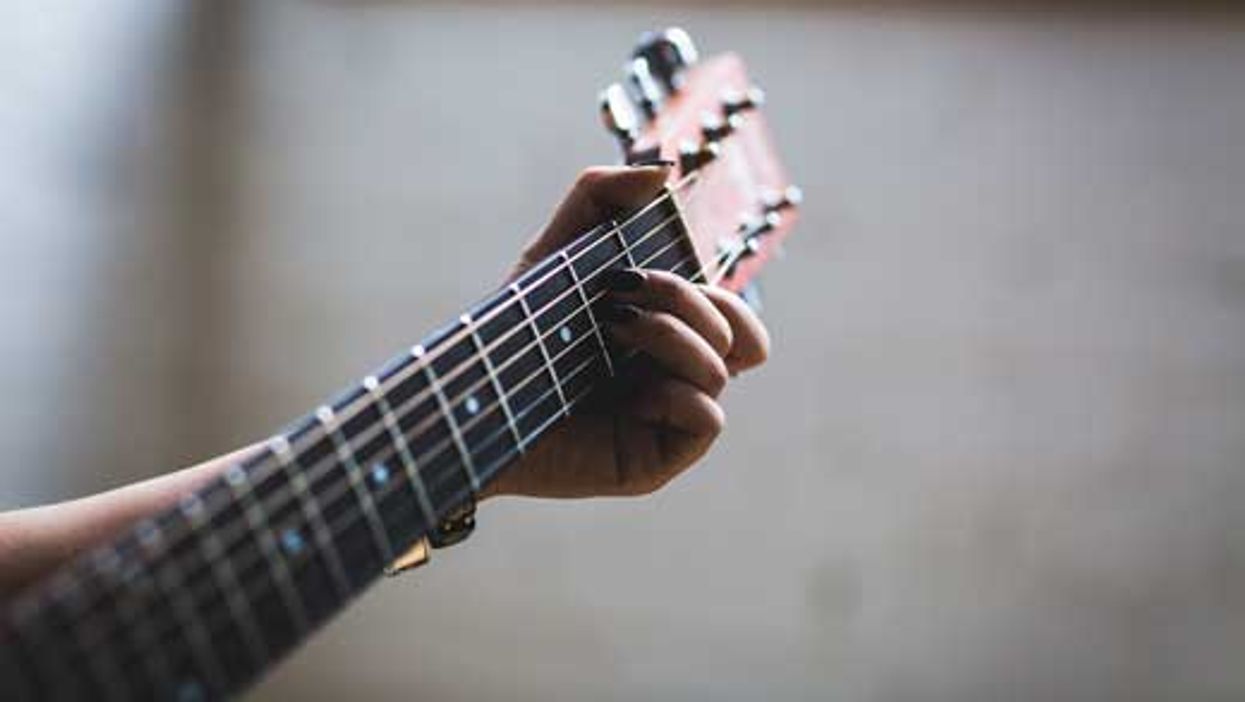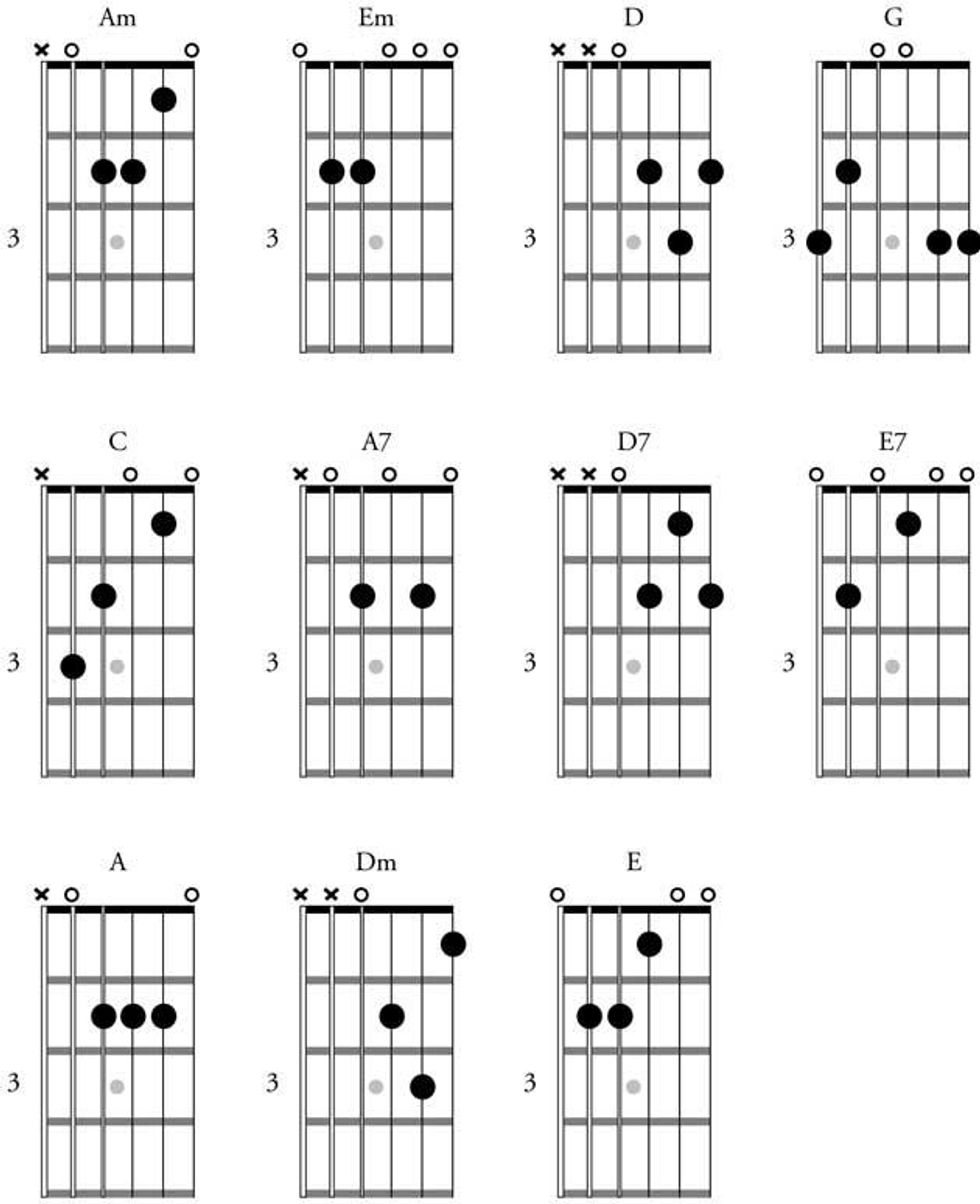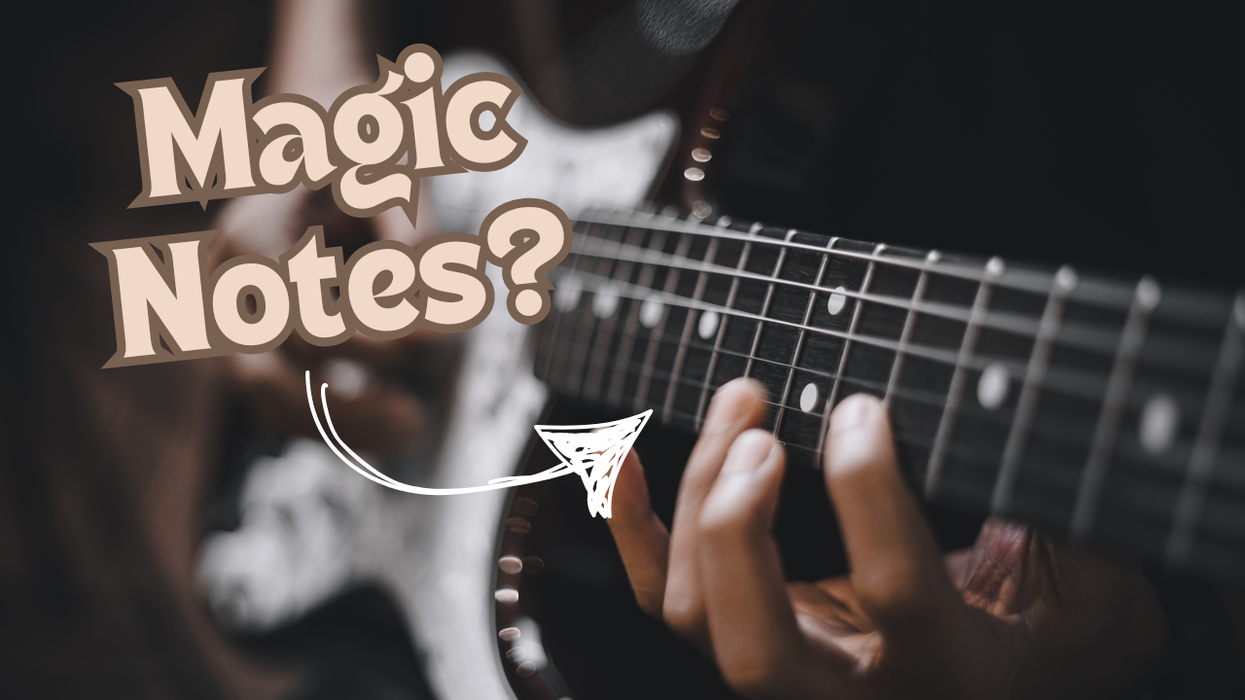Chops: Intermediate
Theory: Advanced
Lesson Overview:
• Develop an understanding of the Hirajōshi scale and its modes.
• Learn how to apply traditional Japanese sounds to Western tonalities.
• Create compelling lines based on variations of the pentatonic scale.
Click here to download a printable PDF of this lesson's notation.
Japanese pentatonic scales are an improvisational home base for many musicians—certainly guitarists, whether they know it or not. Some of the scales, such as Ryo, are simply the major pentatonic scale, and it’s hard to say whether it’s first use was in Japan or much earlier in African and European folk songs. Other scales, however, have a distinct Japanese flavor to them. We’re going to investigate five of these scales, which are really just modes of the same scale, and see how they can be used both melodically and harmonically in such different genres as metal, blues, and even jazz fusion.
The main scale we’ll check out is called Hirajōshi. There are five forms, or inversions, of this scale, each with its own distinct tonality. It is important to know that these scales are actually derived from tunings of the koto, a 13-string instrument from Japan. The formula for the scale is 1–2–b3–5–b6. In the key of A, for example, that’s A–B–C–E–F. You could think of it as a natural minor scale without the 4 and b7. Ex. 1 shows a three-octave fingering for the scale.
Click here for Ex. 1
Just as with any pentatonic scale, there are five positions of the scale to cover the entire range of the fretboard. Each scale has its own name, which is similar to how we think of modes and the major scale. As I mentioned before, Hirajōshi is the name for our scale starting on the root (in this case, A). In Ex. 2 you can see how we’d play through the various modes of the Hirajōshi scale. In order, they are Hirajōshi, Iwato, Kumoi, Hon Kumoi Shiouzi, and the final one we can just call the Fifth mode.
Click here for Ex. 2
Many rock and metal guitarists, including Marty Friedman and Tosin Abasi, have used these scales. Let’s check out two different sequences that will get these sounds under your fingers. Ex. 3 is a sequence that goes up and down over the Fifth mode of the Hirajōshi scale. Play this as written, using hammer-ons and pull-offs, and then try picking every note.
Click here for Ex. 3
Ex. 4 uses a different kind of sequence where there are a few notes close together and then a leap. Try these sequences on the rest of the shapes around the fretboard.
Click here for Ex. 4
Next let’s explore some of the chords that can be created using this scale. In Ex. 5 we create chords by using each scale tone as a root and stacking other scale tones on top of it. Some of these shapes might be a little tough to play comfortably at first, but don’t give up. It will come together.
Click here for Ex. 5
Now that you’re familiar with the sound of this scale and have explored it across the fretboard, let’s look at a more modal-oriented application that works well in blues and jazz-fusion. Everything we’ve done so far is great over a natural minor sound, but there are more chords and harmonic possibilities to explore.
In the next group of examples, we will compare various modes of the Hirajōshi scale to the applicable Western modes that we’re familiar with. Each example will give you both a scale fingering and the diatonic chords (like what we did in Ex. 5).
Ex. 6 shows how the A Hirajōshi scale is based off of Aeolian and works great in minor-sounding vamps.
Click here for Ex. 6
The next mode, Iwato, is related to the Locrian mode and can be applied over half-diminished chords (Ex. 7).
Click here for Ex. 7
Not all Japanese scales have to sound dark and ominous. In Ex. 8, we can see the Kumoi mode and it’s application over major 7 and Lydian-based chords.
Click here for Ex. 8
In Ex. 9, we can see the Hon Kumoi Shiouzi mode. Because it contains the b2 and b6, the Phrygian mode is a natural companion. If you add in a G natural, Phrygian dominant works as well.
Click here for Ex. 9
Finally, the Fifth mode returns (Ex. 10) to some more major-sounding harmonies by including the 3 and the #11—the key note in the Lydian mode.
Click here for Ex. 10
You’ll notice we’ve now covered five of the seven major modes, but the two most common ones (Dorian and Mixolydian) have been left out. In the following two examples we hit those sounds, but we skip the root.
Over Dorian-style chords we’d reach for the Hirajōshi scale based on the 5 of the chord. For example, over an A Dorian vamp we would play E Hirajōshi (Ex. 11).
Click here for Ex. 11
We can apply a similar rule for Mixolydian applications. This time, we’ll play a Hirajōshi scale that’s a whole-step above the root. In Ex. 12 you can see how we would apply a B Hirajōshi scale to an A Mixolydian sound. Start here for some wickedly weird blues lines.
Click here for Ex. 12
The last tonality to explore is a more altered sound for jazz. If you play Hirajōshi a half-step higher than the root of an altered chord you get a cool sound that includes the b9, #9, and b13 (Ex. 13). Experiment with soloing over a E7alt to Am progression using F Hirajōshi to A minor pentatonic.




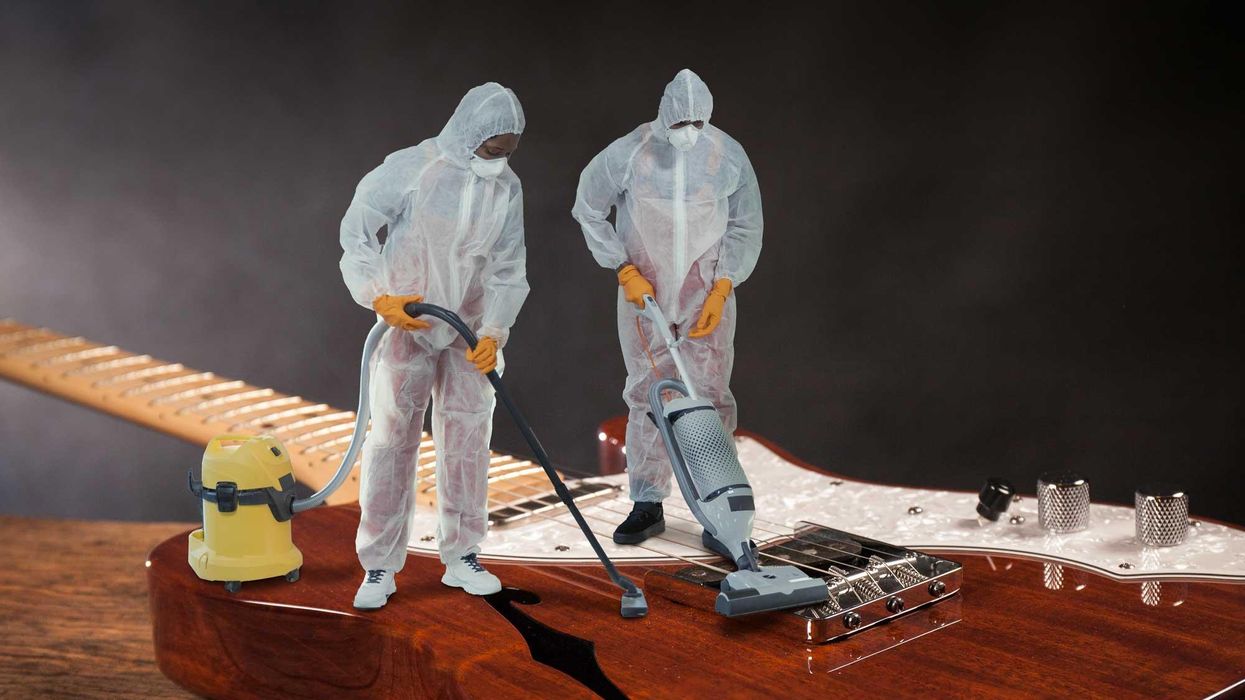

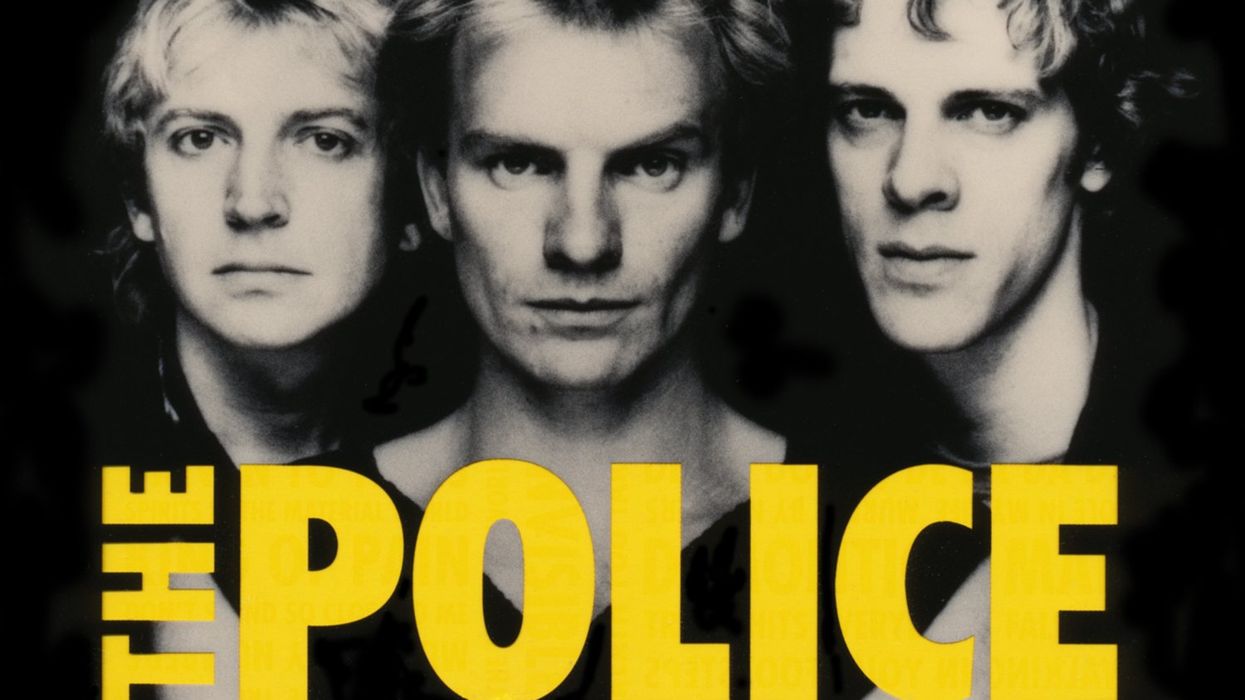
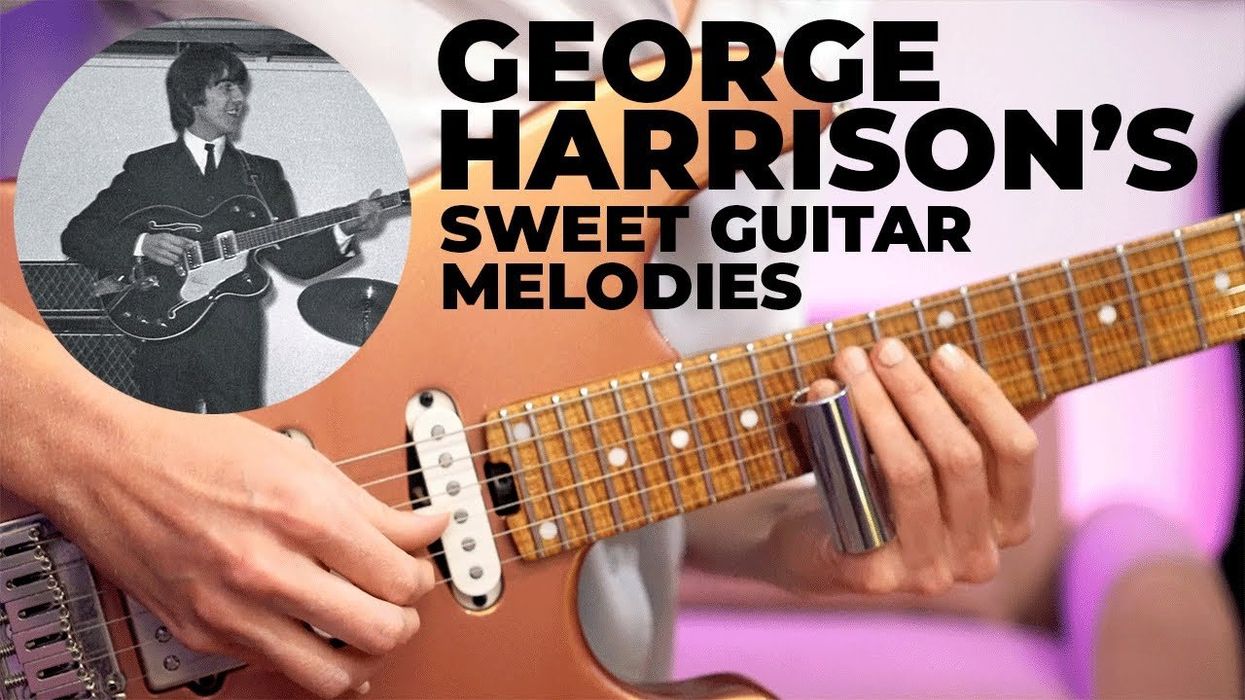

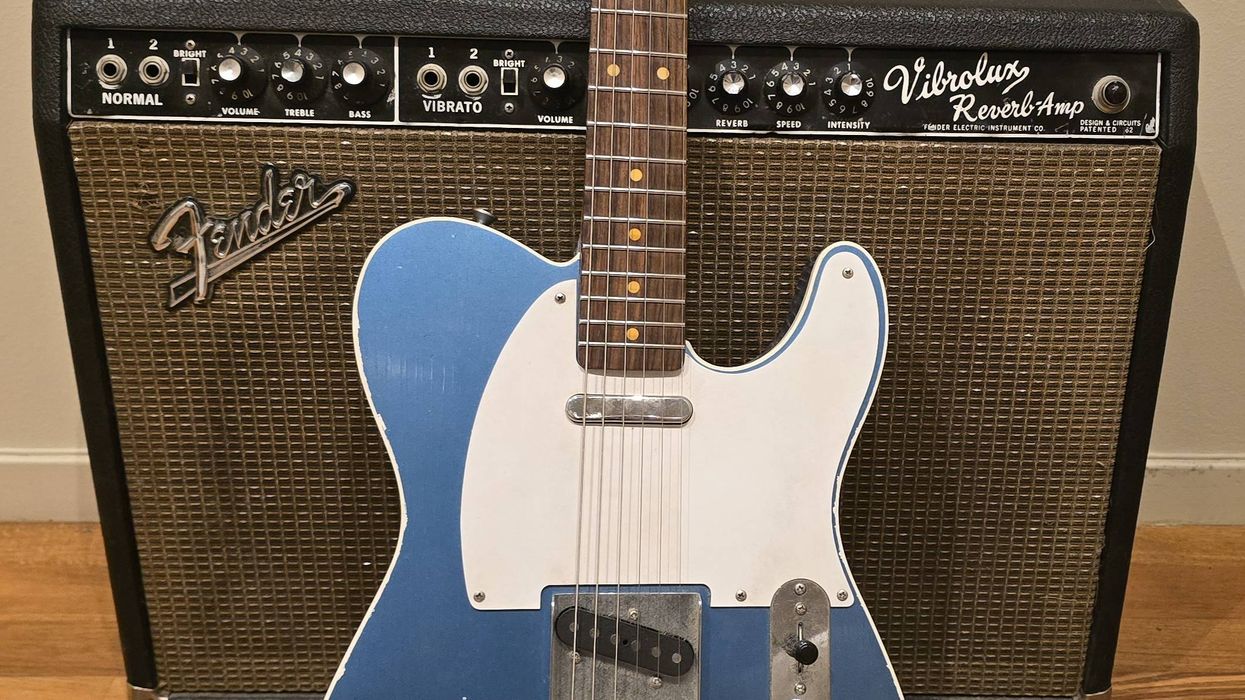
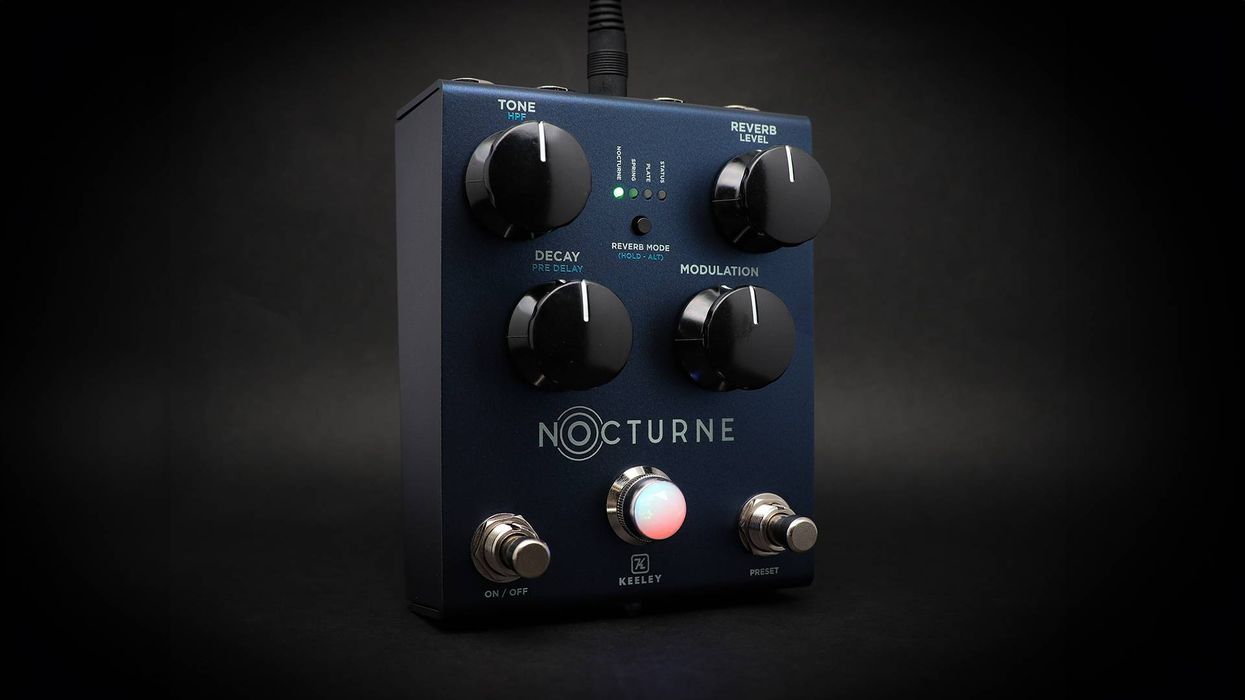

![Rig Rundown: Russian Circles’ Mike Sullivan [2025]](https://www.premierguitar.com/media-library/youtube.jpg?id=62303631&width=1245&height=700&quality=70&coordinates=0%2C0%2C0%2C0)
